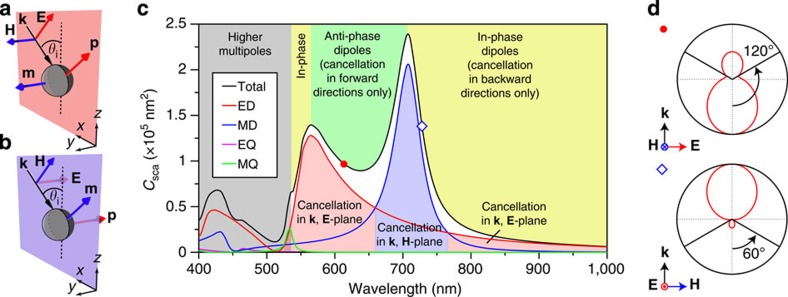Figure 2. Optical properties of a silicon spheres in air under plane wave illumination.
(a,b) Schematic representation of the two situations studied. (c) Total scattering cross section (black curve) and contributions from the electric dipole (red curve), magnetic dipole (blue curve), electric quadrupole (magenta curve) and magnetic quadrupole (green curve) from a silicon sphere with diameter D=180 nm. The different shaded regions indicate those wavelength windows for which the induced electric and magnetic dipoles are approximately in phase (yellow) or in anti-phase (green), and those for which the electric dipole (light red) or the magnetic dipole (light blue) dominate over the other. (d) Far-field radiation patterns for two wavelengths leading to inhibition of radiation at 60° with respect to the forward- (λ1=614 nm, red solid circle) and backward- (λ2=728 nm, blue hollow diamond) scattering directions. In the first case zero radiation is only possible in the plane parallel to the electric field whereas in the second it is only possible in the perpendicular one.

